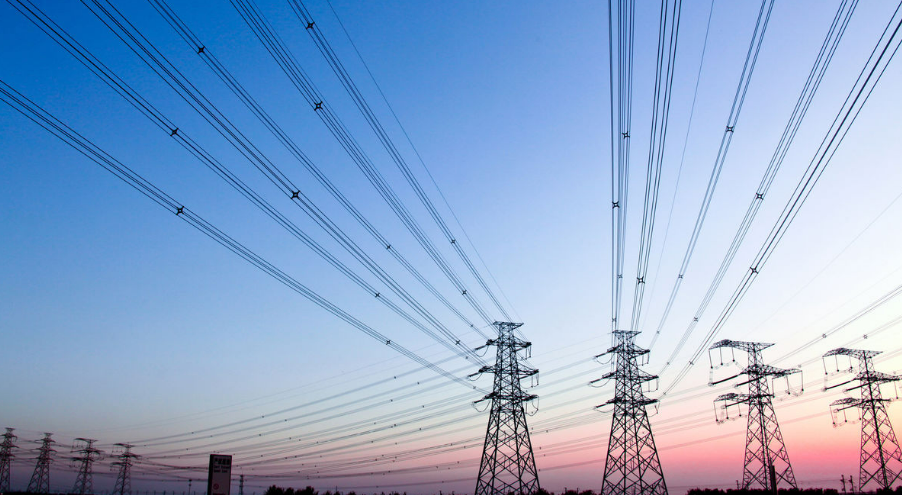Wind Power Eneration
- Strong environmental adaptability, whether it is plateau, mountain, island, or remote areas, as long as the wind energy reaches certain conditions, it can operate normally and supply power to the user terminal.
- In the distributed wind power generation system, each power station is independent of each other. Because the user can control by himself, no large-scale power failure will occur, so the safety and reliability are relatively high.
- Distributed wind power generation can make up for the lack of security and stability of large power grid, and continue to supply power when unexpected disasters occur, which has become an indispensable supplement to centralized power supply.
- It can monitor the quality and performance of regional power in real time, and is very suitable for supplying power to residents in rural areas, pastoral areas, mountainous areas, and developing medium and small cities or commercial areas, which can greatly reduce the pressure of environmental protection.
- Transmission and distribution loss is very low, or even no, no need to build a distribution station, can reduce or avoid additional transmission and distribution costs, and civil construction and installation costs are low.
- It can meet the needs of special occasions, such as for important gatherings or celebrations (in thermal standby) mobile decentralized generation vehicles.
- Good peak shaving performance, simple operation, due to fewer systems involved in the operation, fast start and stop, easy to achieve full automation.
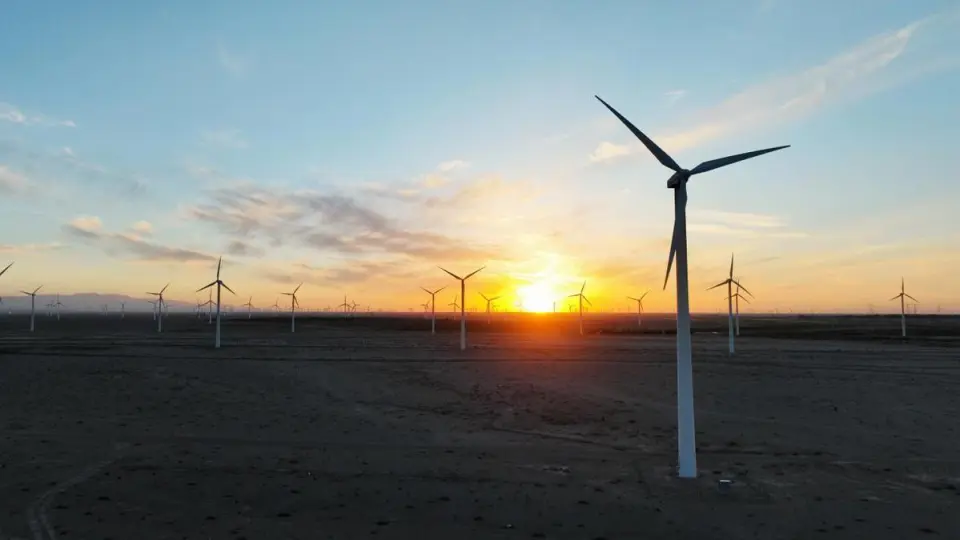
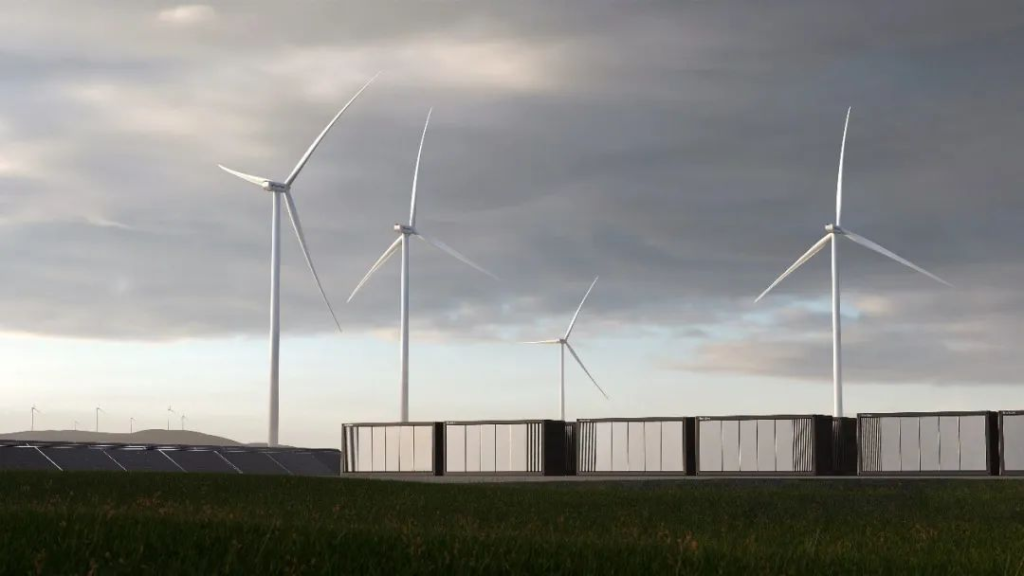
Hydroelectric Power Generation
Tidal power station
Tidal power stations have not been developed and utilized on a large scale due to their high cost. Other forms of hydroelectric power, such as wave energy, are still in the experimental research stage. In order to realize different types of hydropower development, it is necessary to use the knowledge of hydrology, geology, hydraulic buildings, hydraulic machinery, electrical equipment, water conservancy investigation, water conservancy planning, water conservancy project construction, water conservancy management, water conservancy economics and power grid operation to study the following aspects.
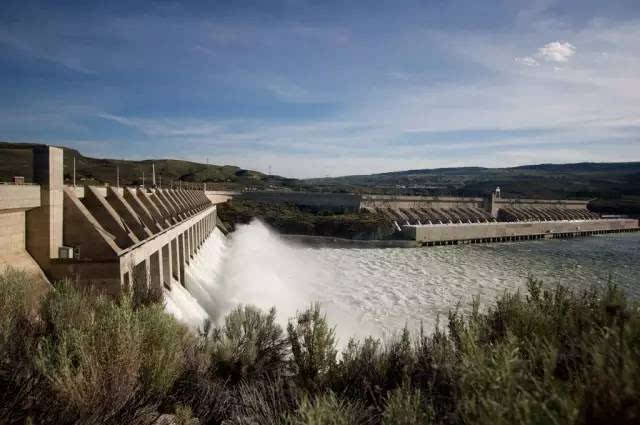
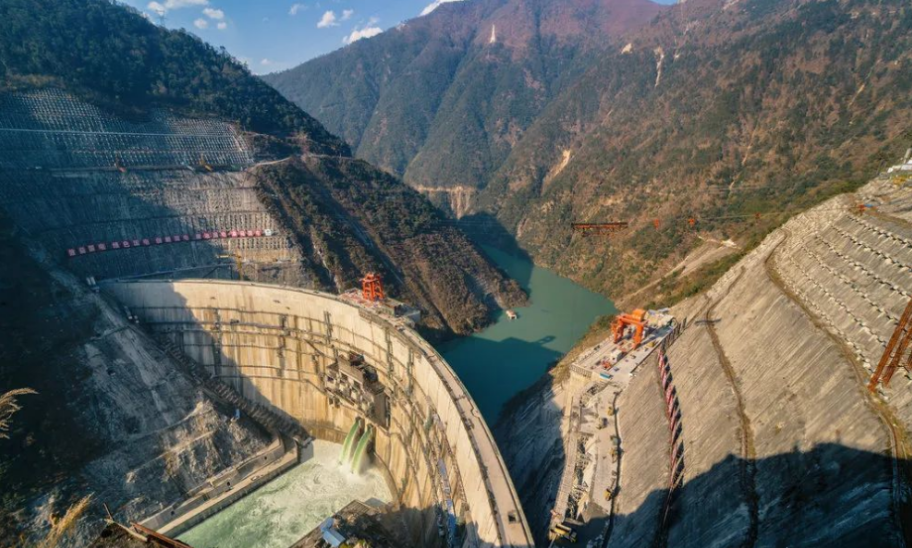
Dam type hydropower station and diversion type hydropower station
The vast majority of hydropower stations built in the world are conventional hydropower stations that take advantage of the natural drop and flow of rivers. This kind of hydropower station is divided into runoff type and storage type according to the utilization mode and regulation ability of natural water flow. According to the development mode, it can be divided into dam type hydropower station, diversion type hydropower station and dam – diversion mixed hydropower station.
Solar Power Generation
Photovoltaic plants in open areas
Open air PV power plants are an efficient way to use renewable energy. These projects can help reduce fossil fuel consumption while providing lower cost effectiveness for energy consumers.
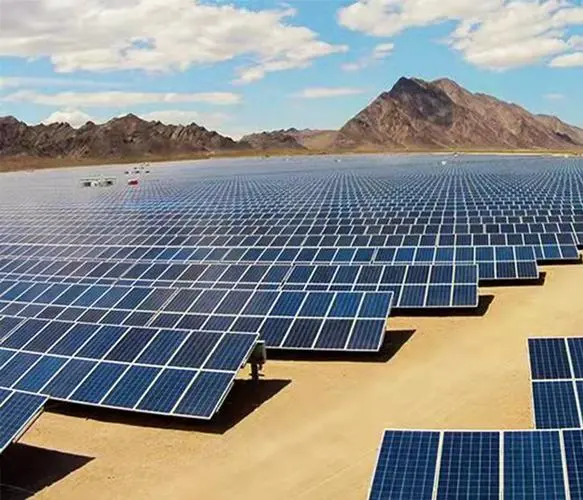
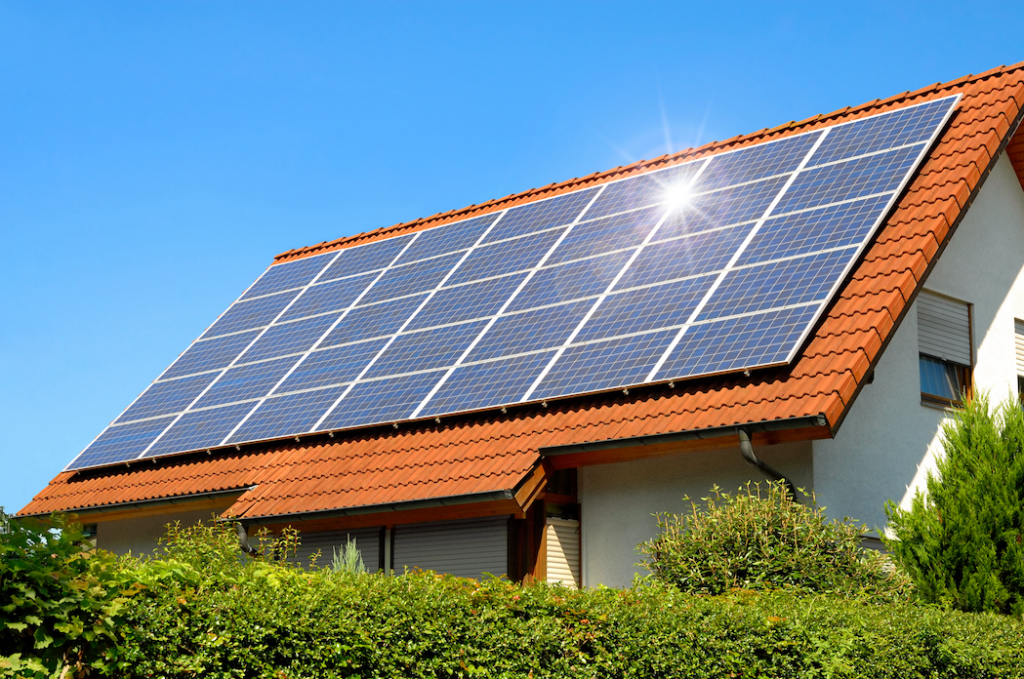
Rooftop photovoltaic
Building and operating floating photovoltaic power plants on water may be another good solution for areas with limited land availability. This solution not only provides the possibility of using renewable energy, but also provides protection against excessive water evaporation. The focus of the research is on efficiency, performance, supply reliability, operational safety, and financial returns. Scientific data indicates that this technology can be deployed at sea level, paving the way for a large amount of energy, especially for island countries. In addition, it also helps to protect the environment and water systems.
Power infrastructure
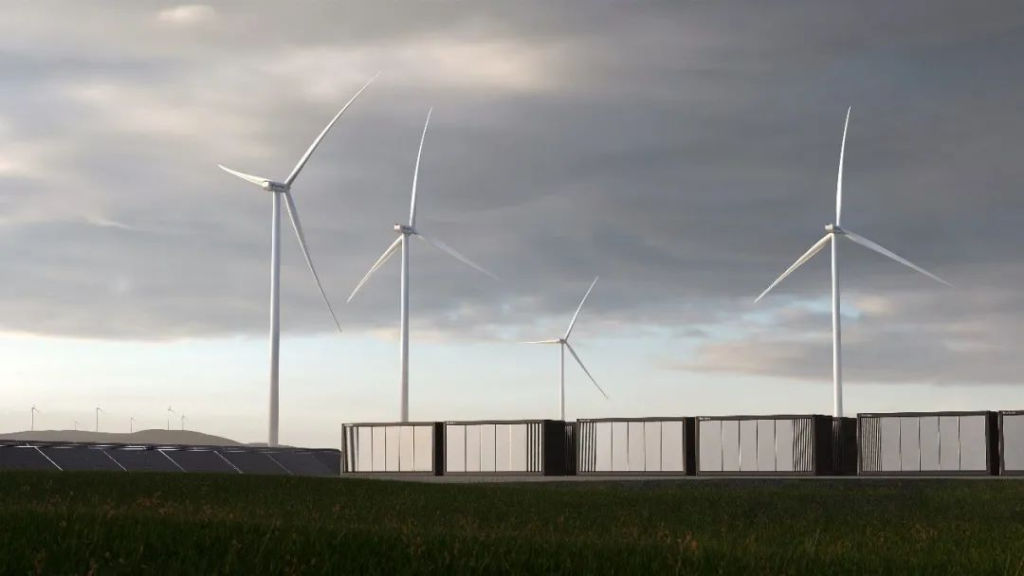
Smart energy storage
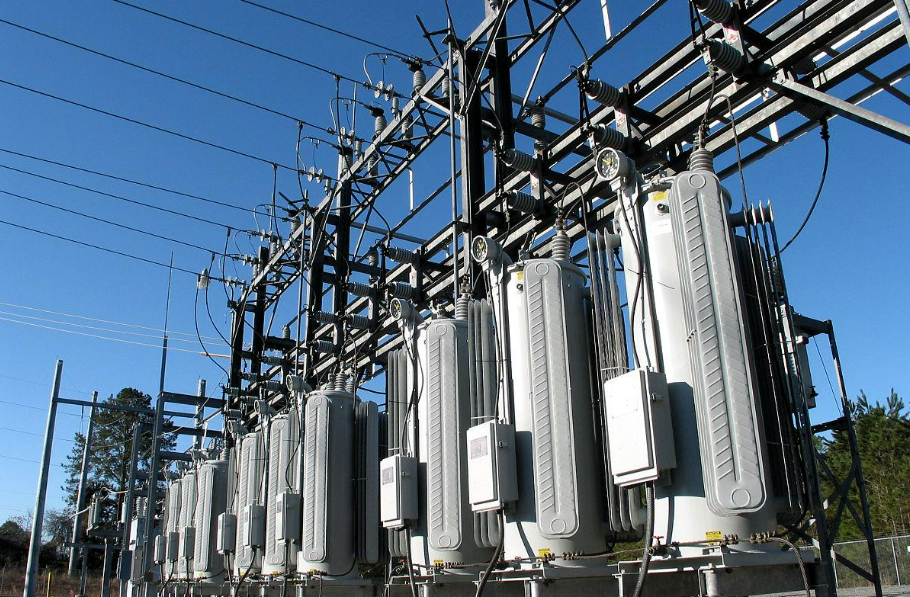
Transformer substation
